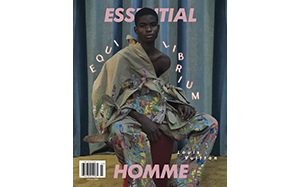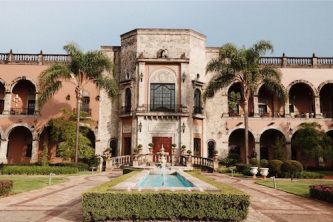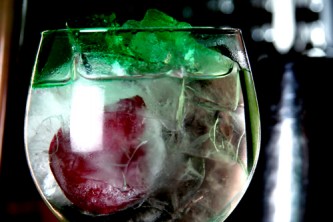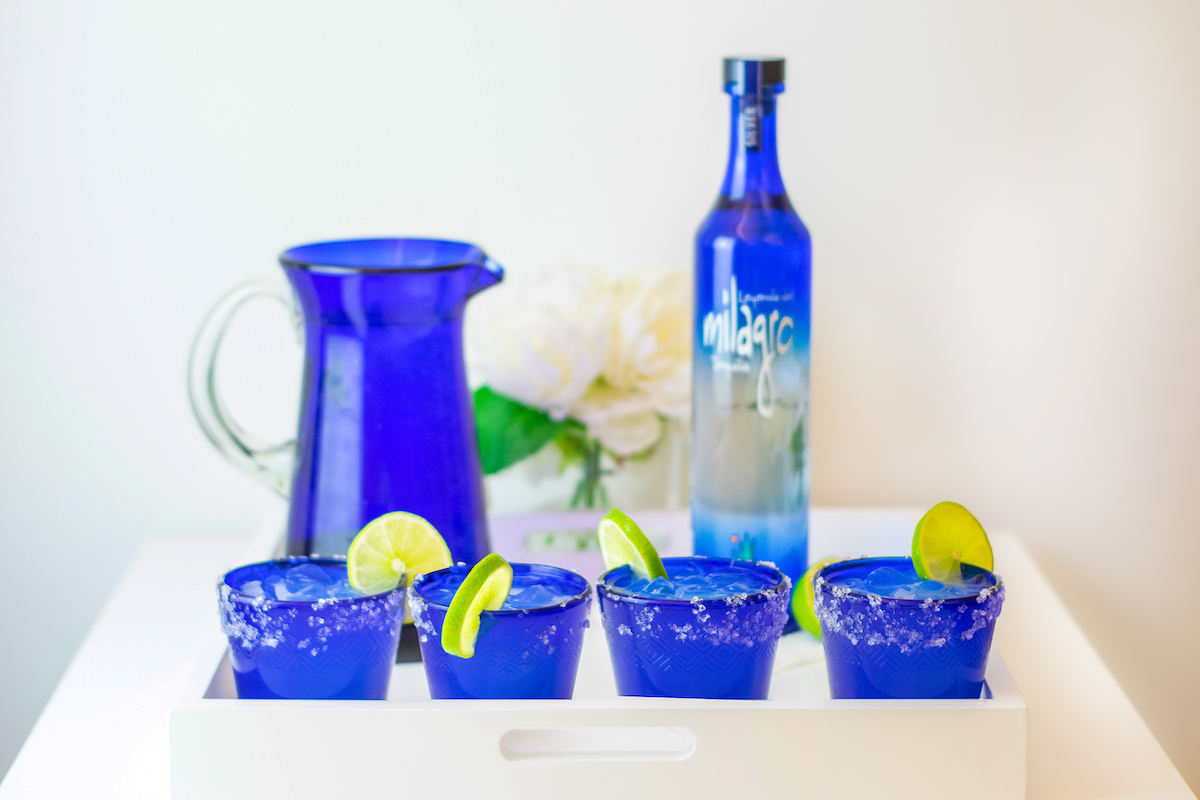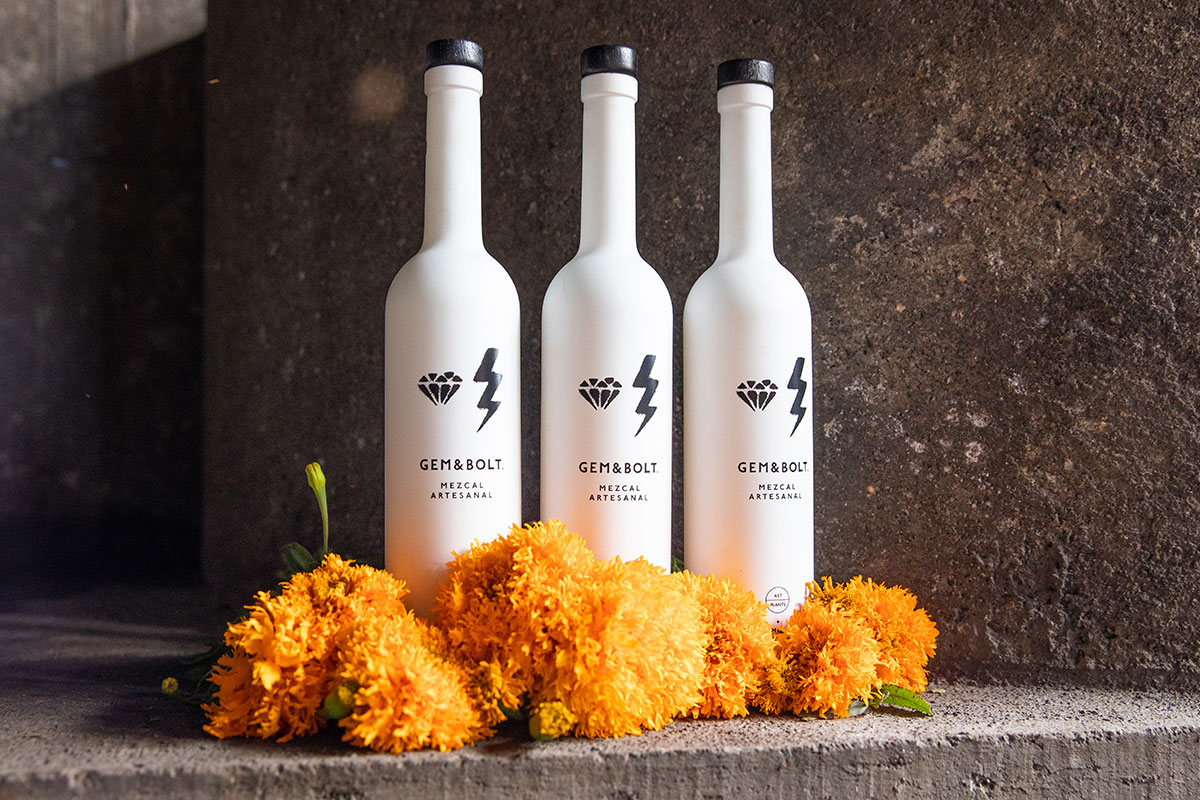
Lost in Tequilaland Part II – Everything About Tequila
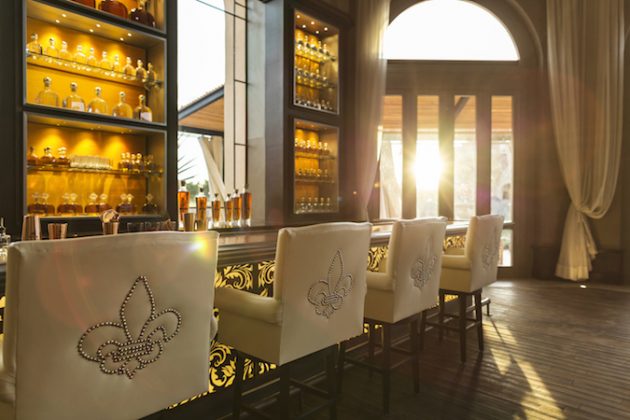
Photos: Courtesy of Patrón © Vincent L Long
Essential Homme was invited as a guest of Patrón, renowned for their ultra-premium tequila, to their distillery and guesthouse in Mexico. The ultimate tequila experience includes a stay at the guesthouse, a crash-course in tequila distillation, and an agave field visit. A two-part series, Lost in Tequilaland explores the little intricacies of tequila-making.
Everyone’s favorite made up holiday is back! Today is National Tequila Day, and in appreciation of the liquid delight, here’s everything you need to know about the beverage.
Tequila is Mexican. Tequila can only be produced in about 5% of Mexico with Jalisco home to the largest production, plus a few municipalities that meet the requirements as well.
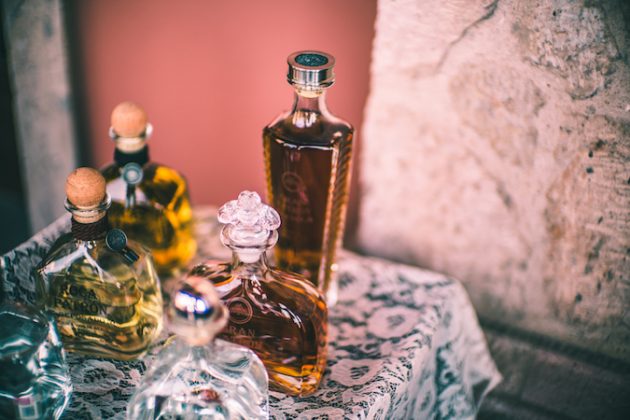
Tequila is not made from cacti. Somehow, lost in translation in the Western world, agave is often mistaken for a cactus. It is actually way closer to a the lily family. But don’t be fooled, while it’s tender inside, agave plants are still extremely prickly and sharp. They also take about six to seven years to mature.
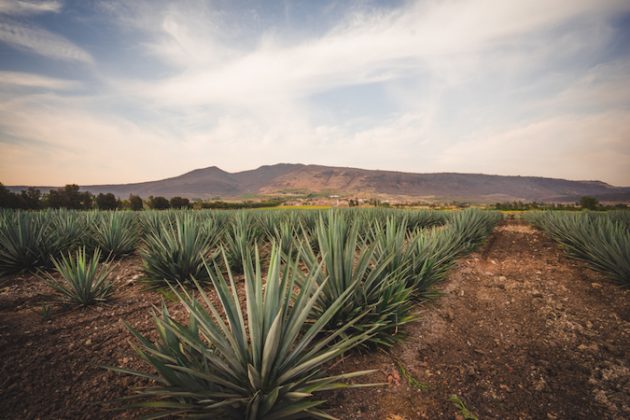
Pictured: Agave field
Tequila must be made 100% from blue agave. A mixto is not a tequila.
Don’t drink tequila out of shot glasses! The perfect sipping glass is made by Riedel and is proven to appropriately open up all the flavors in the drink. While the official tequila glass is a bit pricy, a regular champagne glass, preferable tulip or grande-dame glass may serve the same purpose.
Tequila has less calories than vodka. Agave is a sweet plant and must have a minimum of 22% of sugar content to be considered for making tequila. Since it is such a sweet plant, it eliminates the use of any other sugars and sweeteners. Thus, tequila had less calories than most other alcohol. It is also entirely gluten free.
Tequila was first made by Spanish people who missed European brandy in Mexico. They saw the locals drinking pulque, an agave drink (grape juice in comparison to wine.) and decided to distill it.
There are 136 distilleries in Mexico and 1,700 tequila brands meaning that some distilleries produce more than one tequila brand. Patrón produced only their own tequila at their own distillery.
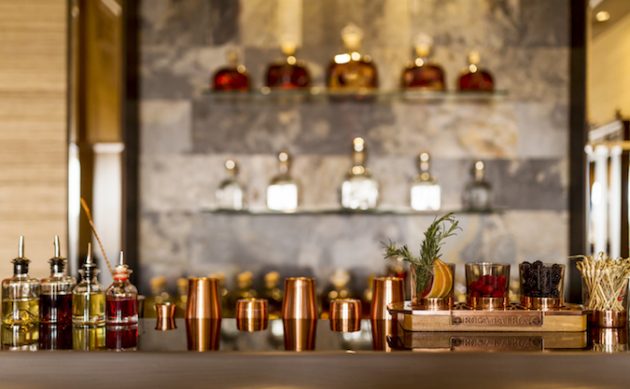
La Casona. Hacienda Patrón © Vincent L Long.
Tequila can be aged. It’s called an añejo and varies in shades.
You can pair tequila with cheese. If you can get your hands on Oaxaca-cheese then you’ve scored a jackpot, but usually a smooth Patrón silver goes well with a soft goat cheese. Brie goes better with an aged añejo while citrus-note tequilas are better with smellier French cheeses.
Tequila production is strictly regulated in Mexico by the CRT. Every registered tequila has a 4-digit NOM number. All other tequila is unverified tequila and technically illegal. Each bottle must say that it is “Made in Mexico” and 100% agave made in addition to the CRT NOM number stamp of approval.
A quality tequila requires three ingredients: agave, yeast and water. However, the preparation of the agave varies. For example, Patrón has a tahona (volcanic rock process) and roller mill process. Agave in the tahona is a bit sweeter and fruitier, and more herbal and citrusy in the roller mill. The master distiller blends the two, or not to create particular tequilas.
How it’s made: The tequila process is quite simple and traditional, but varies throughout distilleries. At Patrón, the basic process is as follows — after agave plants reach maturity, they are cooked in brick ovens for 79 hours in a slow, gentle process. The agave then either goes into the roller mill or tahona-rock process to shred the juice from the fiber. (Fiber goes into the compost.) The juice is then fermented for three days as it turns into alcohol. The alcohol is then double distilled, water is added, and blended. Finally, it’s left in the aging room depending on the characteristics intended for the bottle.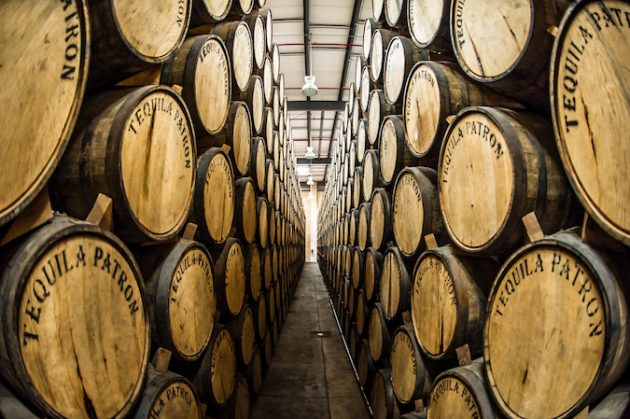
Cheers!





